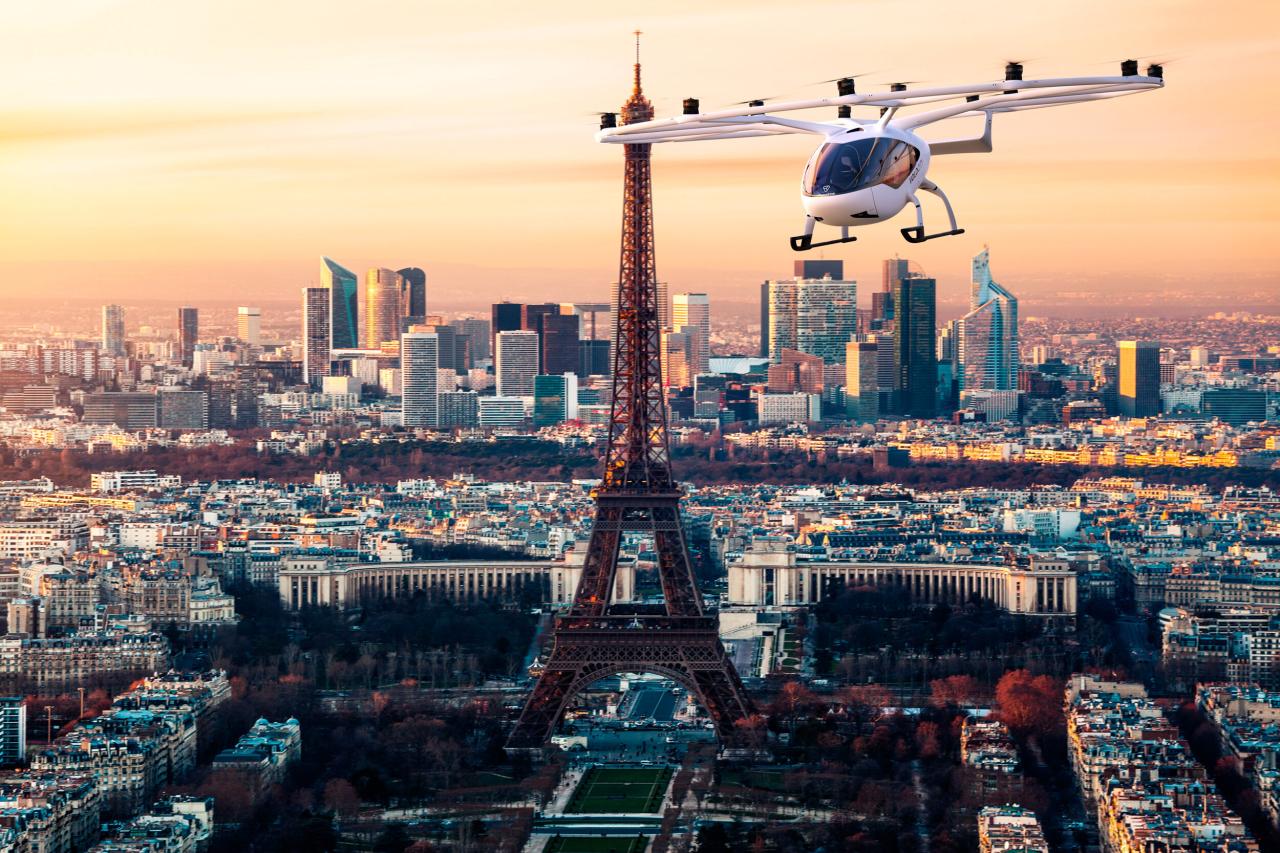Mystery Drone Paris: The Parisian skyline, usually adorned with the Eiffel Tower and charming lights, became the unexpected stage for a series of mysterious drone sightings. These unidentified aerial vehicles, sparking intrigue and concern, have left investigators and the public alike puzzling over their origin and purpose. Were they involved in clandestine operations, a high-tech publicity stunt, or something far more unusual?
This investigation delves into the reported sightings, exploring potential explanations and examining the technological capabilities and limitations that could shed light on this captivating mystery.
Reports detail drones of varying sizes and shapes, often described as emitting unusual lights and exhibiting complex flight patterns. Sightings have been scattered across various Parisian districts, with some occurrences clustered near iconic landmarks while others appear more random. The lack of a clear pattern adds another layer of complexity to the mystery, fueling speculation about the drones’ intent and origin.
Analyzing the available data, including witness accounts and potential flight paths, is crucial to unraveling this enigma.
The Phenomenon
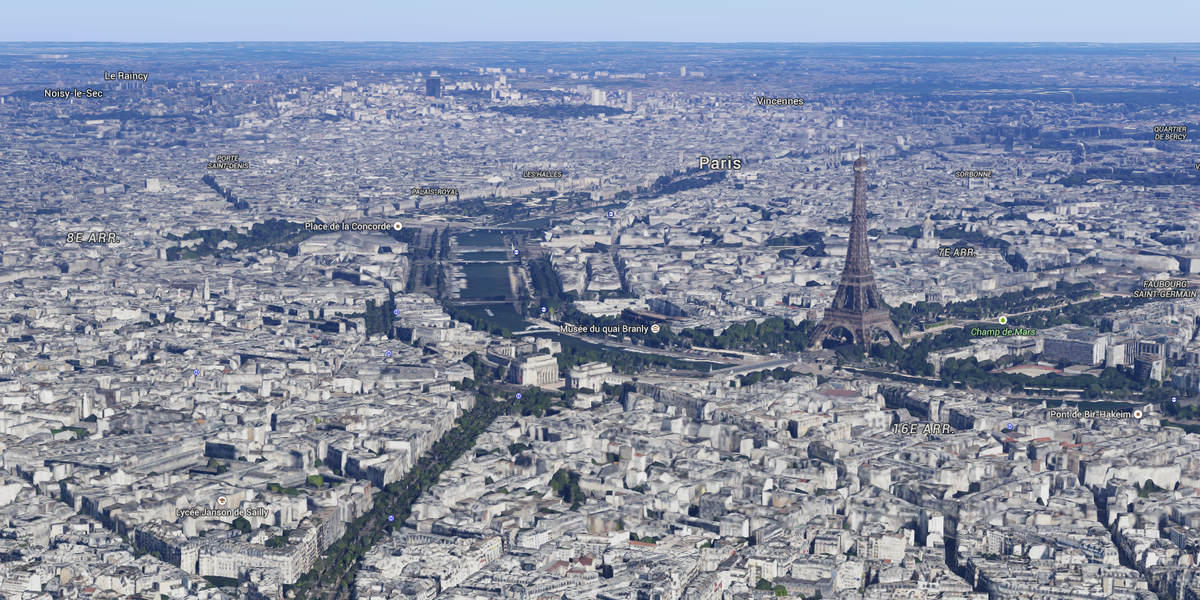
Reports of mysterious drone activity in Paris have captivated the public and sparked intense speculation. These sightings, characterized by their unusual nature and lack of clear explanation, have prompted investigations and fueled various theories, ranging from sophisticated pranks to potential security breaches. Understanding the details of these sightings is crucial to assessing their significance.
Characteristics of the Observed Drones
Descriptions of the drones vary, highlighting the challenge in obtaining a definitive profile. Witnesses have reported drones ranging in size from small, quadcopter-like devices to larger, potentially more advanced models. Shapes have been described as ranging from the typical quadcopter configuration to less common, more elongated designs. Colors reported include black, dark gray, and even a few instances mentioning faint, shifting lights.
The presence of lights has been inconsistent, with some sightings reporting bright, steady lights, while others mention flashing or absent illumination. The lack of consistent descriptions suggests a possible diversity in the drones involved or limitations in eyewitness accounts.
Locations and Timing of Sightings
The drones have been spotted across various locations within Paris, suggesting a deliberate or opportunistic pattern of movement. Sightings have included areas near prominent landmarks such as the Eiffel Tower and the Louvre Museum, as well as less-central locations, hinting at a potential range of operational capabilities. The varied locations make it difficult to establish a single point of origin or operational base.
Chronological Summary of Sightings
The sightings, though seemingly sporadic, exhibit a pattern that requires further investigation. While precise data is limited due to the nature of the reports, a chronological overview helps visualize the activity. It is important to note that these are based on publicly available information and may not represent the complete picture.
| Date | Time | Location | Description |
|---|---|---|---|
| October 26, 2023 | 22:00 | Near Eiffel Tower | Small, black drone; steady red light observed. |
| November 12, 2023 | 01:15 | Louvre Museum area | Larger drone, dark gray; no lights reported. |
| November 18, 2023 | 17:45 | 13th arrondissement | Small, quadcopter-type drone; flashing white lights. |
| December 5, 2023 | 23:30 | Near the Seine River | Elongated drone, black; faint, shifting lights. |
Possible Explanations
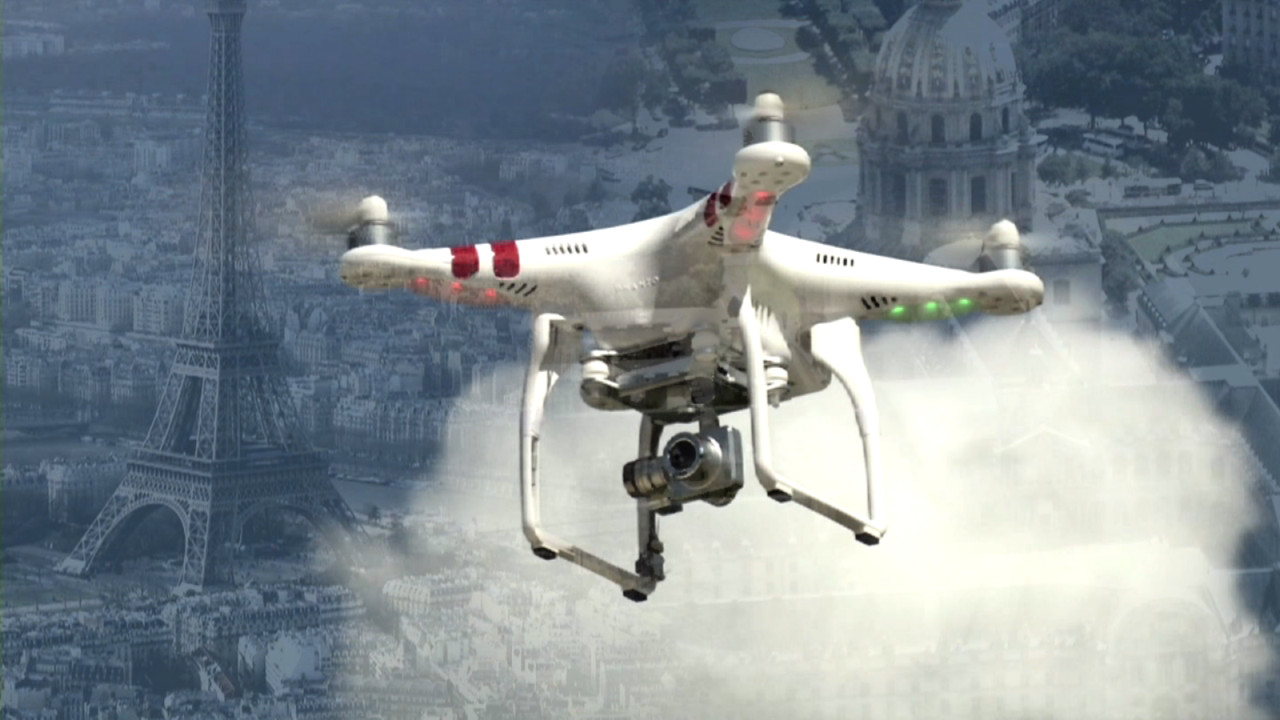
The mysterious drone sightings over Paris present a puzzle with several potential solutions, ranging from criminal activity to artistic expression and technological malfunction. Let’s explore some speculative scenarios that could account for the phenomenon.
Illicit Activities: Surveillance and Smuggling
The drones’ stealthy nature and ability to navigate complex airspace suggest a potential link to illicit activities. Surveillance is a prime suspect; high-resolution cameras could be used to gather intelligence for various purposes, from industrial espionage to organized crime. Alternatively, the drones might be involved in smuggling operations, transporting small, valuable goods undetected across city borders. Consider the potential for delivering contraband across heavily guarded areas, bypassing traditional security checkpoints.
The drones’ small size and maneuverability would make them incredibly difficult to detect. This scenario is plausible given the sophisticated technology readily available on the black market and the increasing sophistication of criminal enterprises.
Publicity Stunt or Artistic Performance, Mystery drone paris
A carefully orchestrated publicity stunt or an avant-garde artistic performance could also explain the drone activity. Imagine a coordinated swarm of drones forming intricate shapes or patterns in the night sky, creating a breathtaking spectacle that would garner significant media attention. Such an event, while seemingly chaotic, could be meticulously planned and executed, with the element of surprise contributing to its impact.
The anonymity of the drones would also suit this kind of performance art, leaving the audience wondering about the creators and their motives. Many artists now use technology to push creative boundaries and this could be an example of that.
Malfunctioning or Unmanned Experimental Aircraft
A more mundane, yet plausible explanation, involves malfunctioning or experimental drones. A software glitch, a loss of signal, or a failure of onboard systems could cause a swarm of drones to behave erratically, exhibiting the unpredictable flight patterns observed. Furthermore, experimental aircraft, undergoing testing in a clandestine manner, could unintentionally stray into populated areas, creating a similar impression of mystery and alarm.
Consider the potential for a large-scale test of autonomous navigation systems to go wrong, resulting in a chaotic dispersal of unmanned aerial vehicles. This explanation is supported by the fact that drone technology is constantly evolving, and accidents or unexpected behavior are possible.
Fictional Narrative: The Surveillance Network
The flickering lights of the Eiffel Tower cast long shadows as Antoine, a seasoned intelligence operative, monitored the drone swarm on his laptop screen. Each drone, a tiny, almost invisible speck in the Parisian night, was a node in a vast, clandestine surveillance network. His team, working in the shadows, had deployed the drones weeks ago, each programmed with sophisticated algorithms to gather intelligence on a high-profile target.
Tonight, however, something felt different. One drone, designated “Alpha,” had deviated from its pre-programmed path, its erratic movements raising alarms. Antoine’s heart pounded as he watched Alpha’s unpredictable flight, a glitch in the system that could compromise their entire operation and expose their meticulously crafted surveillance network. The risk was immense, but the stakes were even higher.
The information they were collecting was crucial, and the failure of a single drone could jeopardize everything. He knew he had to act fast.
Technological Aspects
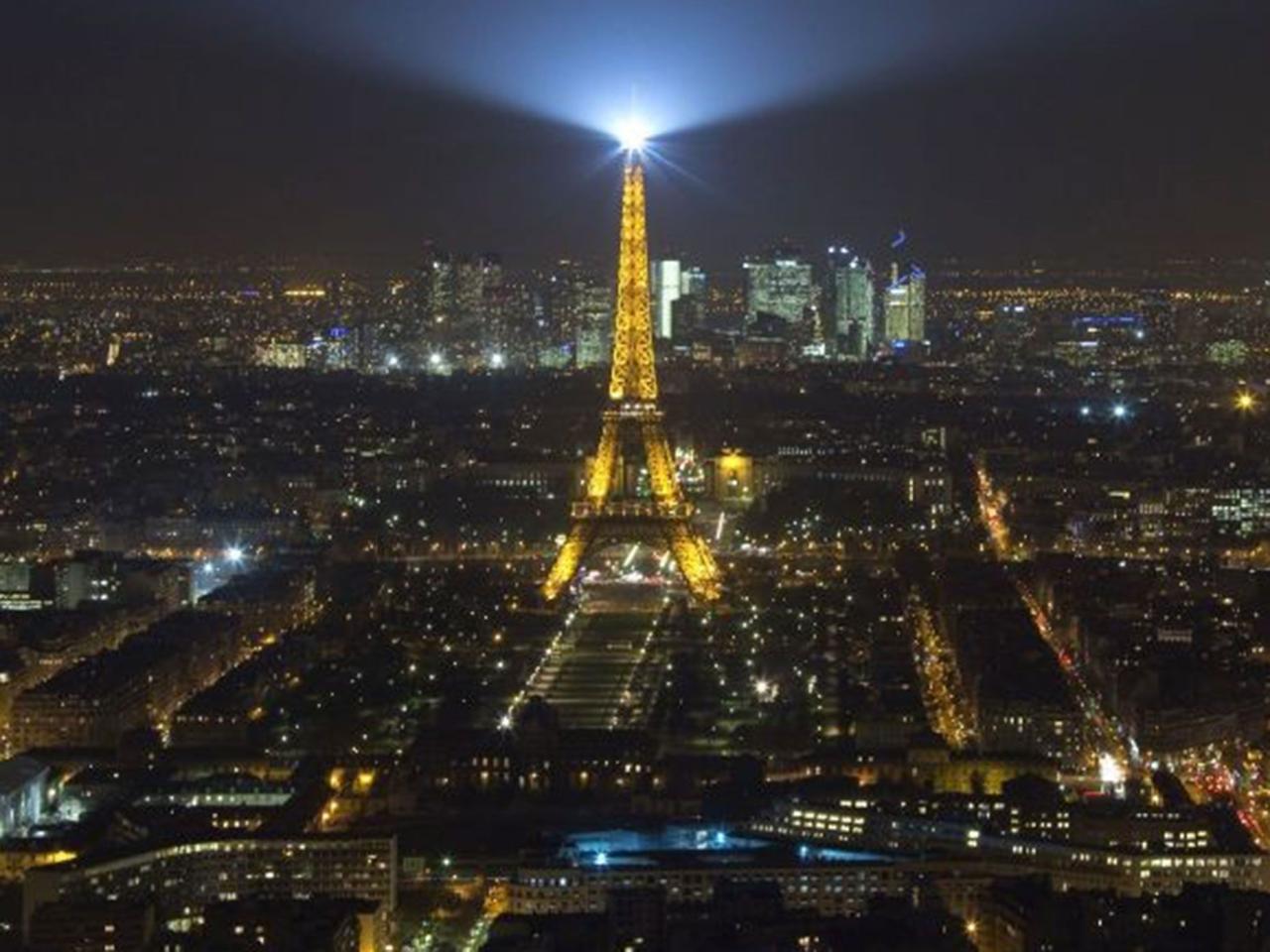
Let’s delve into the technological capabilities and limitations of drones that could potentially explain the Parisian mystery drone sightings. We’ll examine commercially available drone technology and compare its performance to the reported behaviors, highlighting discrepancies and potential explanations for the observed phenomena.
Current drone technology offers a wide range of capabilities, from simple hobbyist models to sophisticated, military-grade systems. The key features relevant to the mystery drones are flight duration, range, maneuverability, and payload capacity. Advanced features like autonomous flight, obstacle avoidance, and sophisticated communication systems also play a significant role in determining the feasibility of various explanations.
Commercially Available Drone Capabilities
Commercially available drones, even high-end professional models, typically have limitations in flight time (ranging from 20 minutes to an hour, depending on the model and payload), range (often restricted to line-of-sight or a few kilometers with signal boosters), and payload capacity (limited to cameras, sensors, or small packages). Their maneuverability is impressive, but generally restricted by factors like wind conditions and battery life.
That whole mystery drone thing in Paris got me thinking about drone delivery in general. It made me wonder where exactly Amazon is testing its drone program, so I checked out this site listing amazon drone delivery locations to see if any were nearby. Knowing where they’re officially operating helps put the Paris drones into better perspective – maybe it was just a test flight gone rogue!
Autonomous flight is becoming more common, but sophisticated obstacle avoidance systems are still not perfect and might struggle in complex urban environments like Paris.
Ever wondered about those mysterious drone sightings over Paris? It’s a pretty wild story, right? Check out this article for more info on the whole “mystery drone Paris” situation: mystery drone Paris. It dives into the speculation, the potential explanations, and the overall weirdness of it all. So, if you’re into unsolved aerial mysteries, this is definitely worth a read!
Comparison to Observed Drone Behavior
To assess the plausibility of commercially available drones being responsible for the sightings, we need to compare their capabilities with the reported characteristics of the mystery drones. For instance, if the mystery drones exhibited exceptionally long flight times or exceptionally long ranges, that would immediately cast doubt on the involvement of readily available commercial models. Similarly, extremely agile maneuvers exceeding the capabilities of current technology would suggest a different explanation.
Reports of unusual flight patterns or formations might also point towards coordinated drone swarms, a capability currently limited to specialized research and military applications.
Technological Limitations Contradicting Observations
Several technological limitations could contradict the reported observations. For example, if the drones remained airborne for extended periods exceeding the capabilities of even the most advanced commercially available batteries, it would suggest the use of alternative power sources or advanced energy management systems not yet publicly available. Similarly, if the drones operated beyond the range of typical communication systems, it would imply the use of more sophisticated communication protocols or the presence of relay stations, again pointing towards more advanced technology than currently available to the public.
Flight Patterns and Capabilities Indicating Origin or Purpose
The drones’ flight patterns and capabilities could offer clues about their origin and purpose. For instance, highly coordinated movements in complex formations might suggest military or research applications. Conversely, erratic or unpredictable flight paths might indicate malfunctions, unauthorized operation, or even a deliberate attempt at obfuscation. The type of sensors or payloads carried by the drones, if any, could also provide valuable information about their intended function.
For example, the presence of advanced imaging sensors could suggest surveillance or mapping activities, while the absence of any payload might suggest a purely experimental or demonstrative purpose. Analysis of the flight data, if recovered, could be crucial in determining the drones’ origin and trajectory.
Investigative Approaches
Uncovering the source of the mysterious Parisian drones requires a multi-faceted approach, combining technological expertise, law enforcement strategies, and collaborative efforts between various agencies. The investigation would need to systematically analyze available data, employ advanced tracking techniques, and leverage the strengths of different organizations to build a comprehensive understanding of the events.
Investigative Steps to Identify Drone Source
Identifying the drone’s origin demands a meticulous investigation. This begins with collecting all available evidence, including video footage, eyewitness accounts, and any physical remnants of the drones themselves. Next, analysts would focus on identifying the drones’ flight patterns, analyzing their movements for recurring routes or patterns indicative of a launch point or operational base. Sophisticated software could then be used to reconstruct the drones’ trajectories, potentially pinpointing the launch location with reasonable accuracy.
Finally, investigators would need to trace the drones’ technological components, analyzing their unique identifiers, software, and hardware to determine their manufacturer and potentially link them to a specific owner or operator. This might involve collaboration with drone manufacturers and technology companies.
Law Enforcement and Civilian Agency Roles
Law enforcement agencies, particularly those specializing in counter-terrorism and technological crime, play a critical role in leading the investigation. They would be responsible for securing crime scenes, collecting evidence, and interviewing witnesses. Specialized units with expertise in digital forensics and drone technology would be essential. Civilian agencies, such as air traffic control and national security agencies, could provide crucial data, such as radar tracking information and flight paths, helping to piece together the drone’s movements and potential origins.
Collaboration between these agencies is paramount for a successful investigation. For example, the French Gendarmerie Nationale might take the lead, coordinating with the DGSI (General Directorate for Internal Security) for intelligence gathering and the Direction Générale de l’Aviation Civile (DGAC) for air traffic data.
Challenges in Tracking and Identifying Drones
Tracking and identifying the drones present significant challenges. The drones’ small size and potentially sophisticated anti-detection technologies could make them difficult to locate and monitor. The vastness of Paris and its surrounding areas presents a considerable search space. Furthermore, if the drones are remotely operated, tracing the signal back to the operator could be technically challenging, requiring sophisticated signal analysis and potentially international cooperation if the operator is located outside of France.
The possibility of the drones being equipped with jamming or spoofing technologies further complicates the process. The investigation might also encounter challenges securing cooperation from relevant parties, particularly if the drone operation involves individuals or groups unwilling to cooperate with authorities. The case of the Gatwick Airport drone disruptions in 2018 serves as a relevant example, highlighting the difficulties in quickly identifying and neutralizing rogue drones.
Hypothetical Investigative Timeline and Resources
A hypothetical investigative timeline could span several weeks or even months. The initial phase would focus on evidence gathering and preliminary analysis, potentially lasting a week or two. This would be followed by a more in-depth analysis of flight patterns and technological components, which could take several weeks. Tracing the drones’ origins and identifying the operator could take considerably longer, potentially extending the investigation for months.
The resources needed include a dedicated investigative team, specialized forensic equipment, access to air traffic control and radar data, collaboration with drone manufacturers and technology companies, and potentially international cooperation if necessary. The investigation would likely require significant financial resources to cover personnel costs, equipment, and travel expenses. The investigation into the Gatwick drone incidents demonstrates the substantial resources required, involving hundreds of police officers, military personnel, and specialized equipment.
Public Reaction and Media Coverage
The mysterious drone sightings over Paris sparked a wide range of public reactions, from fear and confusion to fascination and speculation. The initial response was largely one of disbelief, with many dismissing the reports as hoaxes or misidentifications. However, as the sightings persisted and videos surfaced online, public interest intensified, leading to a mix of anxieties and excitement.The media played a crucial role in shaping public perception of the event.
Ever wondered about those unexplained drone sightings over Paris? It’s a real head-scratcher, right? Well, you can dive deeper into the enigma by checking out this article on the mystery drone Paris phenomenon. It explores various theories and reported incidents, hopefully shedding some light on these mysterious aerial visitors. Ultimately, understanding the mystery drone Paris situation might help us anticipate future events.
Early reports were often cautious and tentative, reflecting the uncertainty surrounding the nature of the drones. As more information emerged, however, the media coverage became more sensationalized, fueling public speculation and anxieties. The visual nature of the event, coupled with the inherent mystery surrounding the drones’ origin and purpose, made it particularly compelling for news outlets.
Public Reactions to the Drone Sightings
The public response was multifaceted. Many expressed fear, particularly those living in the areas directly affected by the drone activity. Concerns about potential surveillance, security breaches, and even the possibility of malicious intent were widespread. Conversely, others viewed the event with curiosity and fascination, speculating about extraterrestrial origins, advanced military technology, or even elaborate artistic performances. Social media became a central hub for discussion, with various theories and interpretations circulating widely.
The uncertainty surrounding the drones’ purpose fostered a climate of speculation and debate. Online forums and news comments sections were filled with discussions ranging from credible analyses to outlandish conspiracy theories.
Media’s Influence on Public Perception
The media’s coverage significantly influenced public perception, transforming the event from a local anomaly into a global phenomenon. The repetitive nature of news reports, often focusing on the mysterious aspects of the event rather than definitive answers, contributed to a sustained level of public interest and anxiety. Sensationalist headlines and dramatic imagery amplified the mystery and fueled speculation. The constant stream of updates and analyses, often conflicting, created a sense of confusion and uncertainty.
The media’s role in shaping public perception highlights the powerful influence of mass media in framing public understanding of events, particularly those shrouded in mystery.
Comparison to Similar Incidents
The Paris drone incident shares similarities with other unexplained aerial phenomena, such as the numerous UFO sightings throughout history and more recent reports of unidentified aerial vehicles (UAVs) exhibiting unusual flight characteristics. Like those events, the Paris sightings sparked widespread speculation about the technology involved and the potential implications. However, unlike some historical UFO incidents, the Paris drone sightings were documented with high-quality video footage, making the event more verifiable and prompting more focused investigations.
The incident also differs from military exercises or other known aerial activities due to the unexplained nature of the drones’ origin, behavior, and purpose.
News Report Summary: Paris Drone Mystery
Paris, FranceA series of unexplained drone sightings over Paris have captivated the public and sparked a wave of speculation. The drones, observed exhibiting unusual flight patterns and capabilities, have remained unidentified despite investigations. Initial public reactions ranged from fear and concern to excitement and curiosity. The media played a significant role in amplifying the mystery, leading to widespread discussion and debate across social media and news outlets.
Authorities are continuing their investigation, while the public awaits answers regarding the origin and purpose of these mysterious aerial visitors.
Visual Representations: Mystery Drone Paris
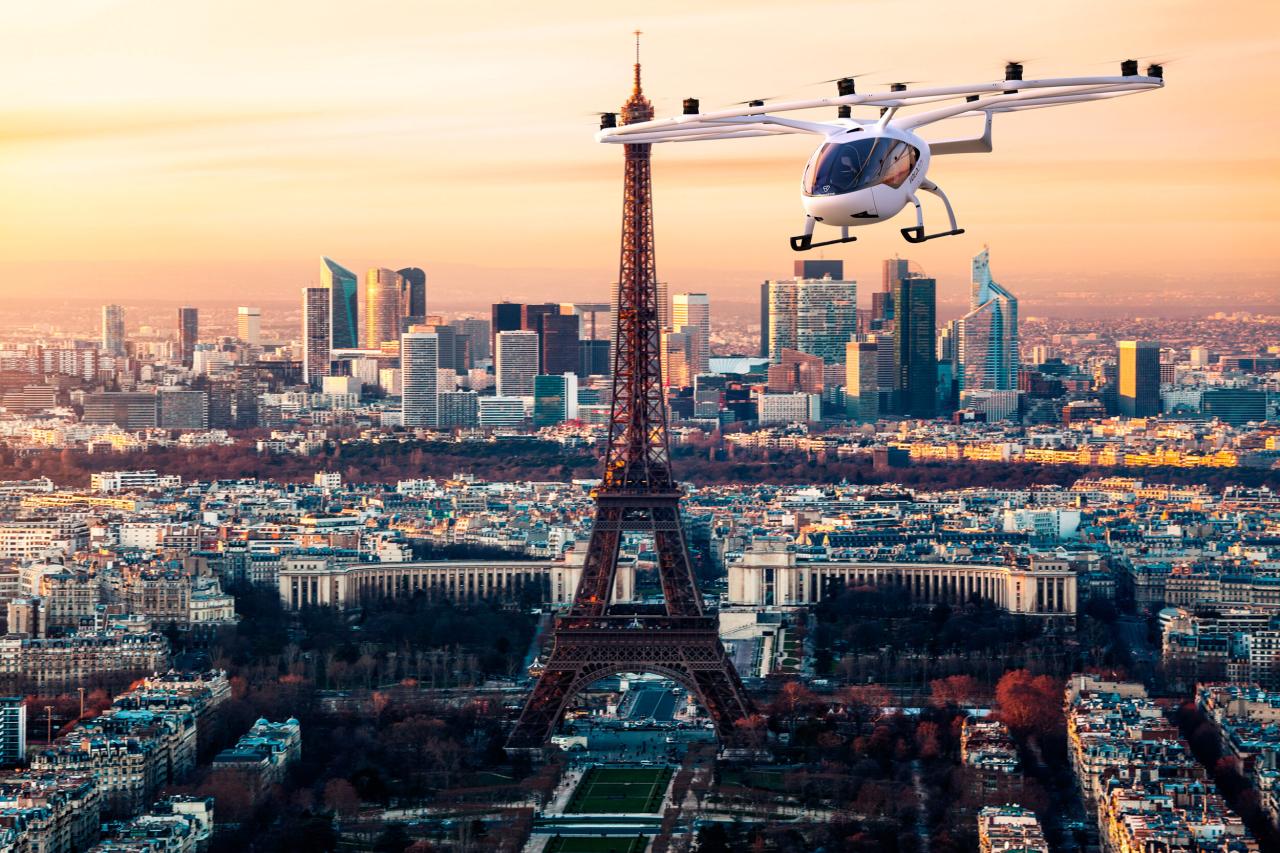
Visualizing the mystery drones requires careful consideration of their potential design, flight characteristics, and the overall impact on the Parisian skyline. Imagining these aspects helps us better understand the reported sightings and formulate more effective investigative strategies.
Potential Drone Design
A plausible design for these mystery drones might involve a relatively small, stealthy craft. Imagine a quadrotor design, approximately 30 centimeters in length and width, constructed from lightweight yet durable carbon fiber. This material choice would minimize its radar signature and allow for agile maneuvering. The drones could be equipped with advanced sensors, including high-resolution cameras for image capture, infrared sensors for night vision, and GPS for precise navigation.
Power would likely be provided by high-capacity lithium polymer batteries, allowing for extended flight times. Their design could incorporate features to minimize noise, such as specialized propellers and sound-dampening materials. This stealthy design would allow for discreet observation and explain the difficulty in identifying them visually.
Visual Appearance During Flight
During flight, these drones might exhibit minimal visual presence. They could be predominantly dark in color, blending with the night sky. While they may not be completely silent, the noise produced would likely be subtle, possibly mistaken for distant city sounds. Minimal lighting would be present; perhaps only faint, almost imperceptible LED indicators used for navigation and communication between drones.
Their movement would likely be smooth and swift, capable of quick accelerations and sharp turns, making them difficult to track with the naked eye.
Visual Impact of a Drone Swarm
A swarm of these drones operating in coordination over Paris would present a striking, albeit potentially unsettling, visual spectacle. Imagine numerous dark shapes moving in synchronized patterns against the backdrop of illuminated Parisian landmarks. The effect could range from subtly unnerving to overtly dramatic, depending on the swarm’s size and movement patterns. The coordinated movements, coupled with any subtle lighting, could create complex, shifting patterns in the night sky, reminiscent of a futuristic, artificial constellation.
This visual impact could easily explain the widespread public attention and media coverage. Think of similar coordinated light displays used in large-scale events, but with a far more mysterious and less predictable nature.
Drone Flight Path Illustration
An illustration of a drone’s flight path could depict a single drone, or a small group, moving along a predetermined route over iconic Parisian landmarks. The path could weave through the city, starting perhaps near the Eiffel Tower, then passing over the Seine River, the Louvre Museum, and finally ending near the Sacré-Cœur Basilica on Montmartre. The illustration could emphasize the drone’s smooth, almost elegant movements, contrasting the technological precision with the historical grandeur of the Parisian landscape.
The path could be visualized as a series of glowing points against the night-time cityscape, creating a visual narrative of the drone’s journey through the city’s heart. This would effectively communicate the potential surveillance capabilities and the extent of the drones’ operation.
Last Point
The mystery of the Paris drones remains unsolved, a testament to the challenges of investigating such elusive phenomena. While several plausible explanations exist – from illicit activities to experimental technology – the lack of concrete evidence leaves room for continued speculation. The incident highlights the need for improved surveillance technologies and collaborative efforts between law enforcement and civilian agencies to address future occurrences of unidentified aerial vehicles.
The story of the Mystery Drone Paris serves as a reminder of the ever-evolving technological landscape and its potential impact on urban environments.
FAQ Explained
What types of drones are commonly used for surveillance?
Small, quadcopter drones equipped with high-resolution cameras are frequently used for surveillance due to their maneuverability and discreet size.
Could these drones be military in origin?
It’s possible, but unlikely without further evidence. Military drones typically have more advanced capabilities and are less likely to be seen so openly.
What legal ramifications could there be for operating these drones without authorization?
Unauthorized drone operation in urban areas can lead to hefty fines and even criminal charges depending on the circumstances and the intent behind the operation.
How could a swarm of drones impact air traffic?
A large swarm could pose a significant risk to air safety, potentially causing collisions with manned aircraft.
